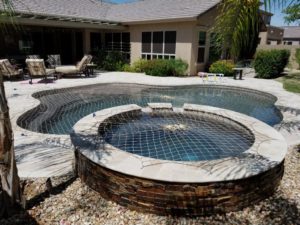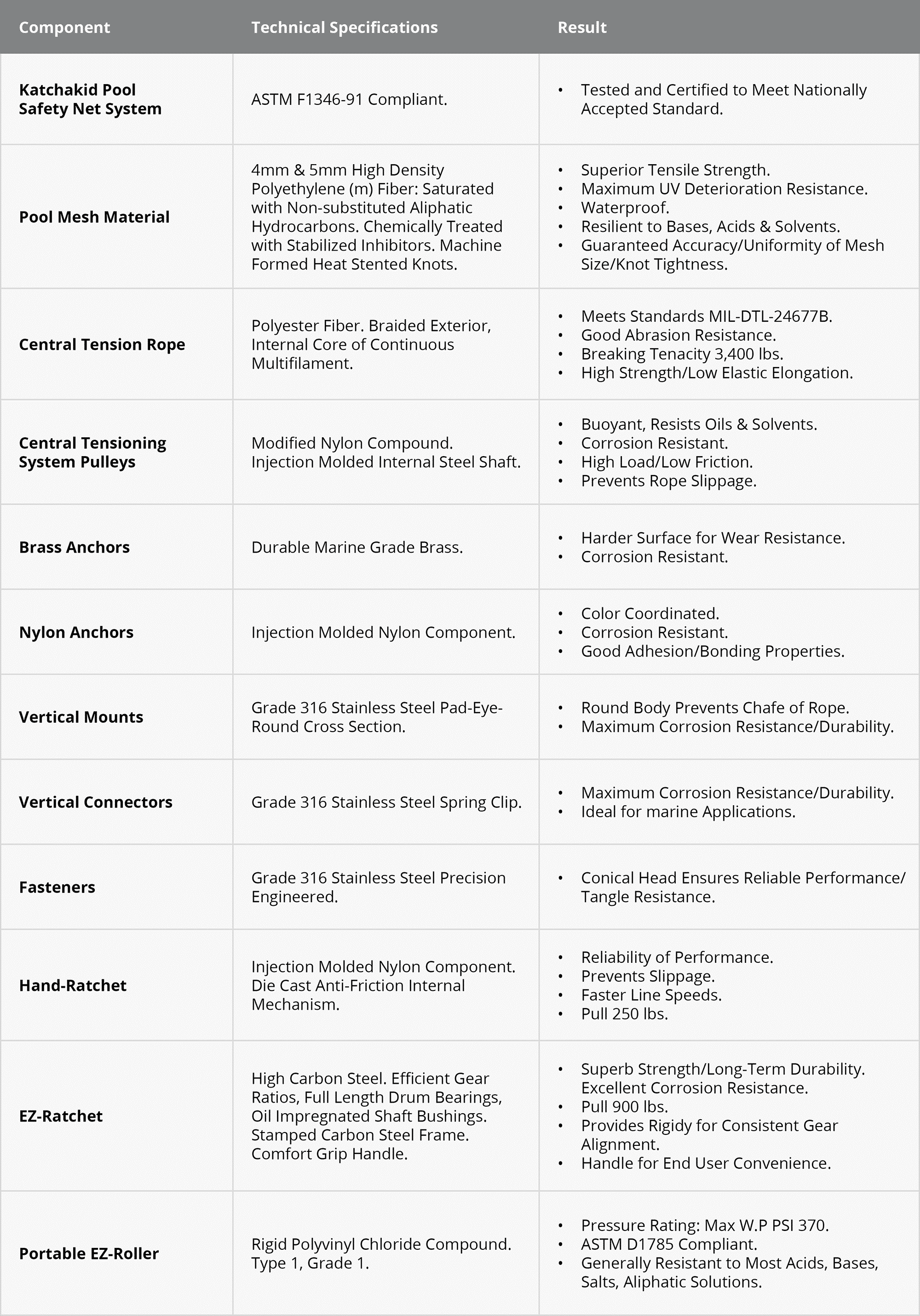History of the Safety Net
Netting was a prominent feature of early human civilization and has maintained its relevance as a technology into the present day. The first nets originated as tools for fishing, taking forms such as

the “gillnet” which was used to encircle and collect fish as it was dragged behind boats. These original nets were made from natural fibers such as the inner bark of cedar wood and grasses, and they were crucial to the livelihoods of early fishermen.
This use of netting continued into the age of industrialization, in which netting also came to be used for safety measures. With rampant urbanization came the creation of the skyscraper and with it, construction netting. Such netting protected workers from fatal falls and the public and traffic down below from falling debris. Netting also became an indispensable tool for military forces and rescue crews, allowing individuals to be carried by helicopter from dangerous situations, such as shipwrecks.
Netting To Protect Workers
Construction netting was also a successful safety tool in bridge-building, which was another important feature of the industrial world. The use of netting is exemplified in the construction of a famous landmark -the Golden Gate Bridge. In more than four years of construction on the bridge, there were only eleven workplace fatalities, ten of which were a result of a single incident in which a suspended platform broke. Following this horrible event, the chief engineer decided to install safety netting to protect the safety of his workers; the safety nets alone saved nineteen lives.

The Success of Safety Netting
Today, netting can be seen in many different settings, though it often serves the same purpose- to save lives. From netting on balconies or railings to prevent children from slipping through small spaces, to netting beneath circus performers on the tightrope or trapeze, the safety-net has become a simple yet irreplaceable tool. This pervasive technology has even been translated into social settings like the “social safety net”, standing in for systems of financial stability that safeguard individuals and families.
Safety Netting And Swimming Pools
In nearly all cases, safety netting is nothing if not reliable. Translating this technology into pool safety with the Katchakid pool safety-net, then, appears to be a no-brainer. As nets absorb kinetic energy to give more time for objects to reach zero-velocity, they result in softer landings and largely lower the risk of physical damage that might result from a fall. In addition, Katchakid nets are UV stabilized, tear resistant, and load tested, and are therefore long-lasting and dependable tools. Drawing on a long history of reliability, Katchakid is committed to safeguarding individuals and families through this timeless technology – the safety net.






